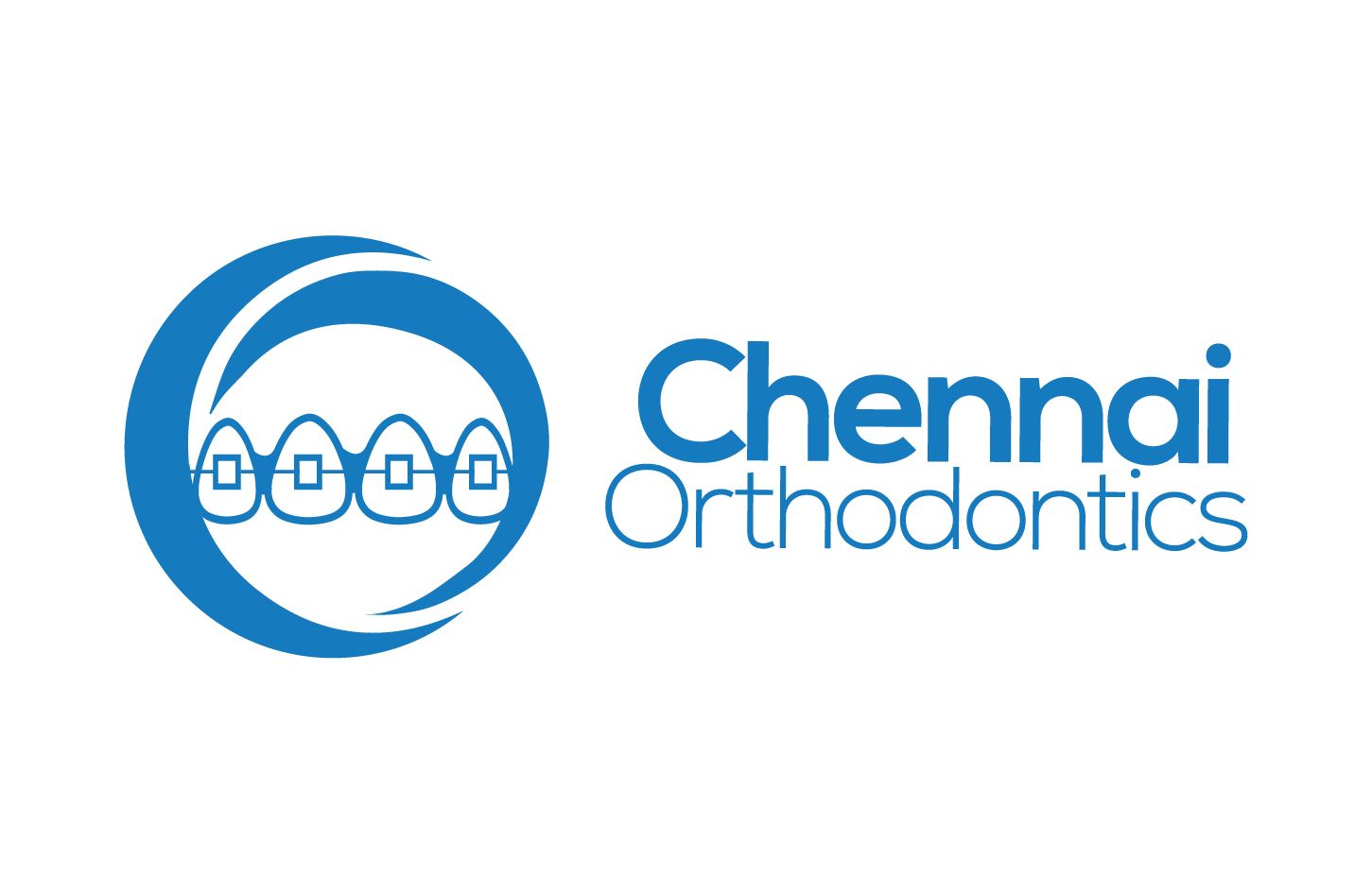Signs Your Kids Need Braces: A Parent’s Guide
Introduction
As a parent, you want the best for your child’s oral health and overall well-being. One aspect of dental care that may come up is orthodontic treatment, specifically braces. Braces can correct misalignments and other dental issues in children, but how do you know if your child needs them? In this blog post, we will explore the signs that indicate your kids may need braces. By recognizing these signs early on, you can ensure timely orthodontic intervention and set your child on the path to a healthy and confident smile.
Understanding Orthodontic Issues
Before we dive into the signs, let’s briefly understand some common orthodontic issues that may require braces:
- Crowding: This occurs when there isn’t enough space in the mouth for all the permanent teeth to erupt properly, causing them to overlap or become crooked.
- Spacing: Conversely, excessive spacing occurs when there are gaps between the teeth, often due to missing or small teeth.
- Malocclusion: Malocclusion refers to an improper bite alignment, such as an overbite (upper teeth overlap the lower teeth), underbite (lower teeth protrude beyond the upper teeth), or crossbite (upper teeth sit inside the lower teeth when biting).
1) Signs Your Kids May Need Braces
Here are some common signs that indicate your child may benefit from braces:
2) Crooked or Crowded Teeth
Crooked or crowded teeth are often a clear indicator that your child may need braces. If you notice overlapping or misaligned teeth, especially once their permanent teeth have come in, it’s a good idea to consult with an orthodontist. They can evaluate the extent of crowding and recommend appropriate orthodontic treatment.
3) Early or Late Loss of Baby Teeth
Baby teeth typically fall out on a predictable timeline, making way for permanent teeth. However, if your child experiences early or delayed loss of baby teeth, it could be a sign of orthodontic issues. Early loss may lead to inadequate spacing for permanent teeth, while delayed loss can disrupt the eruption pattern. An orthodontic evaluation can determine if braces are necessary.
4) Difficulty Chewing or Biting
If your child struggles with chewing or biting, it could indicate a misaligned bite or jaw problem. Orthodontic issues can affect the function of the teeth and jaws, making it challenging to bite and chew properly. If your child frequently complains of discomfort or exhibits difficulty with these activities, braces may be needed to correct the underlying alignment problem.
5) Mouth Breathing or Snoring
Persistent mouth breathing or snoring in children can be a sign of potential orthodontic issues. Mouth breathing can result from narrow dental arches, which may impact proper alignment and breathing patterns. An orthodontist can assess the cause and recommend appropriate treatment, including braces if necessary.
6) Speech Difficulties
Misaligned teeth or jaw problems can also affect speech development in children. If your child has difficulty pronouncing certain sounds or exhibits a lisp, it may be a result of dental or jaw misalignment. An orthodontic evaluation can determine if braces can help correct the issue and improve speech.
7) Jaw Irregularities or Facial Asymmetry
If you notice that your child’s jaw appears misaligned or they have facial asymmetry, it may indicate underlying orthodontic issues. Problems with the jawbone structure can impact dental alignment and overall facial aesthetics. An orthodontist can evaluate the jaw and recommend braces or other orthodontic interventions to address the irregularities.
Consultation with an Orthodontist
If you observe one or more of these signs in your child, it’s crucial to schedule a consultation with an orthodontist. They will conduct a thorough examination, which may include X-rays, photographs, and dental impressions. Based on the evaluation, the orthodontist will determine if braces are necessary and develop a personalized treatment plan tailored to your child’s needs.
Conclusion
Recognizing the signs that your kids may need braces is an important step towards ensuring their dental health and a confident smile. Crooked teeth, spacing issues, misaligned bites, speech difficulties, and other indicators should prompt a visit to an orthodontist for a professional evaluation. Early intervention can address orthodontic problems effectively, potentially reducing the need for more extensive treatment in the future.
Remember, as a parent, you play a crucial role in your child’s dental care journey. By staying vigilant and seeking orthodontic guidance when needed, you can help your child achieve optimal oral health and a beautiful smile that lasts a lifetime.


